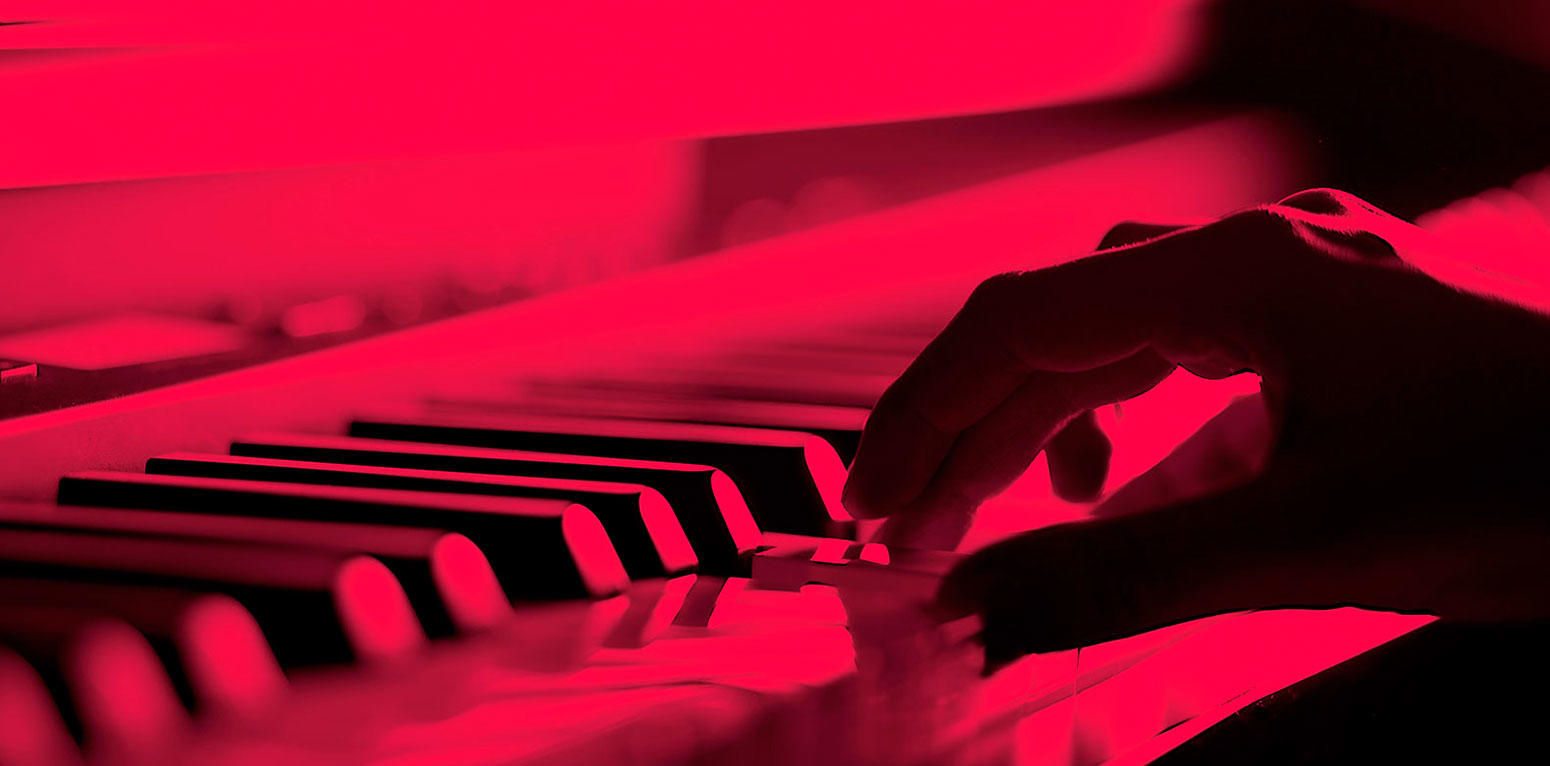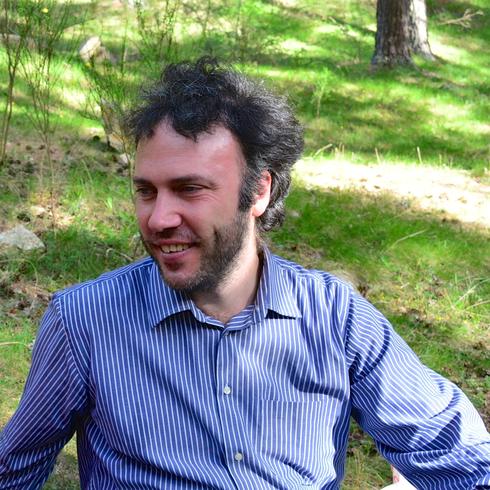Edoardo SANGUINETI - one of the most important poets writing in italian language in the 20th century - dedicated a cycle of 15 poems to Andrea MANTEGNA, the great Mantuan Renaissance painter, on the 500th anniversary of his death in 2006.
The italian composer AURELIANO CATTANEO worked with Sanguinetti for many years. Together they created and realized the music-theatre “La Philosophie dans le labyrinthe” for the 10. Munich Biennale and they started to prepare the Mantegna project until the death of the poet in 2010.
Based on Sanguineti’s poems, Cattaneo creates “Parole di settembre” as a three-part cycle in varying instrumentations for 3 singers and 13 musicians. The parts of the cycle are linked by madrigalfrottole passages, sung a capella by the three soloists. At the heart of the poems are 12 paintings by Mantegna, to which Sanguineti refers - sometimes openly, sometimes by hidden allusions. The whole cycle - with a total duration of approx 70 minutes is performed in a “stage” form, with the live animated visual installation “Infinite screen” by the artist duo AROTIN & SERGHEI.
The Viennese artist Alexander Arotin met Cattaneo and Sanguineti at their music-theatre “La philosophie dans le labyrinthe” at Münchner Biennale. Since this moment a creative exchange and dialogue was instored between the artists, developping commun projects in parallel musical and visual languages.
The installation “Infinite screen” is realized as a square 12 x 12 meter projection on space modules simultanousy to the musical performance.
The visual development references both a stylized - digitized view of the sky through the square frame in the circular courtyard of Mantegna’s house in Mantua, as well as the framework of Sanguineti ‘s picture book of infinite possible image combinations, published as “biggest art book in the world” by 1966 Mazzotta in Milan, that plays in an ironic way with image citations and anticipate the digital context of future.
“Parole di settembre” look at the paintings of Andrea Mantegna: there are the poetry of Edoardo Sanguineti, visuals by Arotin & Serghei and my music.
“Parole di settembre” are constructed as a series of Chinese boxes. The three books,of which the cycle is composed, can be per- formed separately: they have a double formal structure, they must function autonomously and even compose a whole. These three books have three different voices and three different organics: a countertenor and 8 instruments, a soprano and a string trio, a baritone-bass 13 instruments. They are bound together by two madrigals and a frottola in which the three voices finally sings together a cappella.
The poetry of Edoardo Sanguineti are 15, with a prologue and an epilogue, they are already a cycle. Each poem consists of 5 haiku. I used all 15 poems, sometimes the whole text, sometimes only a fragment, I recomposed their order, or mounted as a single text. I rebuilt this promenade, I added my trip to that of Edoardo, I established another dialogue.
Alexander Arotin and Serghei Dubin took Mantegna, Sanguineti and what I wrote and added their journey, which looks at the birth of perspective. “Parole di settembre” speak of many things, connect different languages, they are a trip into perspective.
Aureliano Cattaneo


